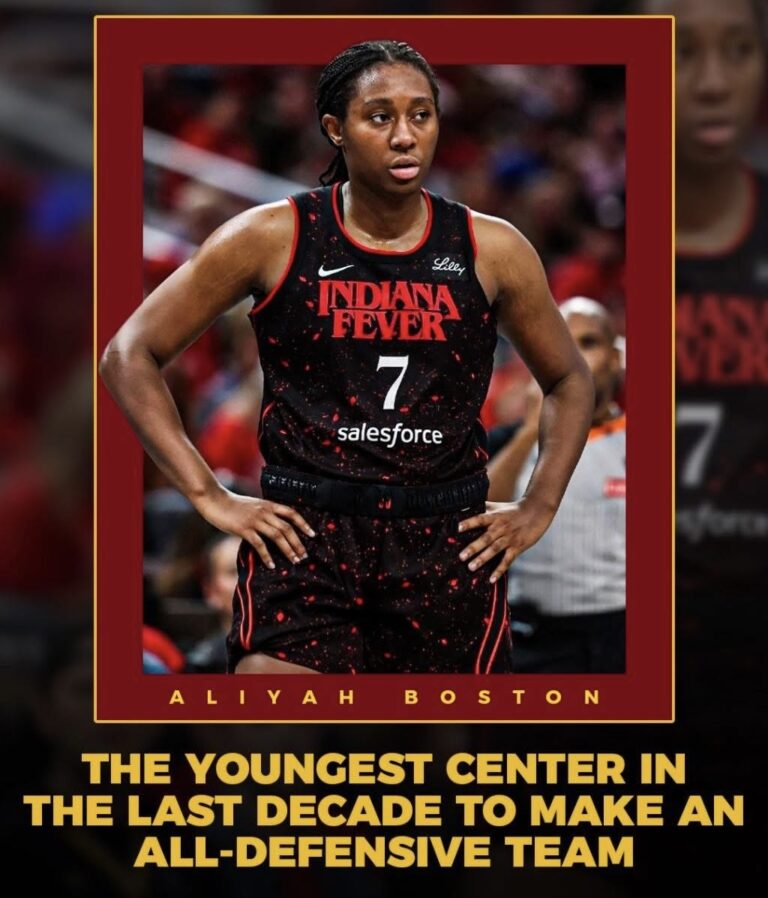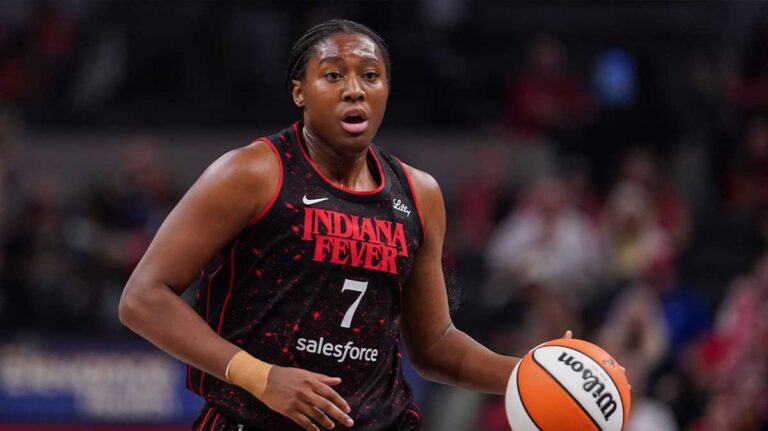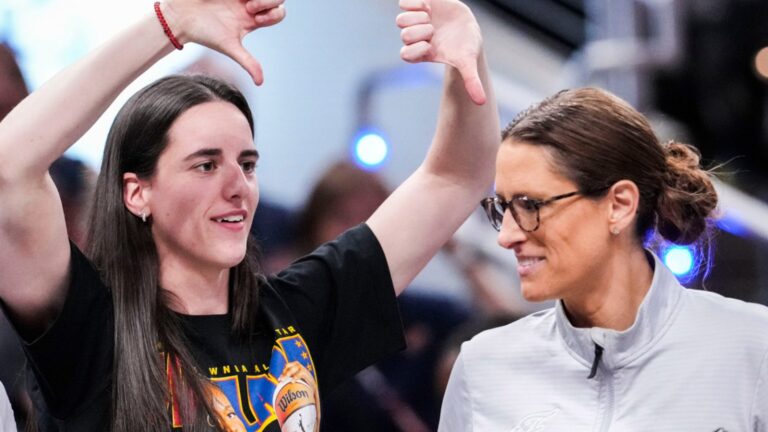
The landscape of women’s basketball is experiencing a striking shift in popularity. In a recent exhibition matchup, the Indiana Fever delivered a dominating performance against Brazil, winning by a stunning 64-point margin. But it wasn’t just the scoreboard that turned heads—viewership numbers soared as well. The game drew an average audience of 1.3 million viewers, a milestone that signals a significant uptick in interest for the WNBA.
To put this into perspective, this viewership figure surpasses nearly all NBA preseason games broadcast on ESPN over the past 15 years—only two games since 2010 have managed to attract a larger audience. The data underscores a changing tide in sports entertainment, where women’s basketball is no longer confined to niche audiences but is breaking into the mainstream.
Much of this surge can be traced back to Caitlin Clark’s entry into the WNBA. Her draft marked a turning point in the league’s visibility. Before Clark came onto the professional scene, it had been over a decade since any WNBA broadcast had cracked the one-million viewer mark. The last time a similar audience tuned in was back in 2008, highlighting just how rare and impactful this moment is for the league.
This dramatic rise in viewership reflects not only the excitement around new talent but also a growing respect and enthusiasm for the women’s game. Fans are engaging more than ever, and networks are taking notice, increasingly recognizing the value of WNBA content. The Fever’s recent exhibition isn’t just a statistical outlier—it’s a strong indicator of the league’s upward trajectory.
As the WNBA continues to evolve, fueled by emerging stars and deeper media attention, moments like this offer a glimpse into its potential. The audience is growing, the spotlight is widening, and the game is earning the recognition it has long deserved.



